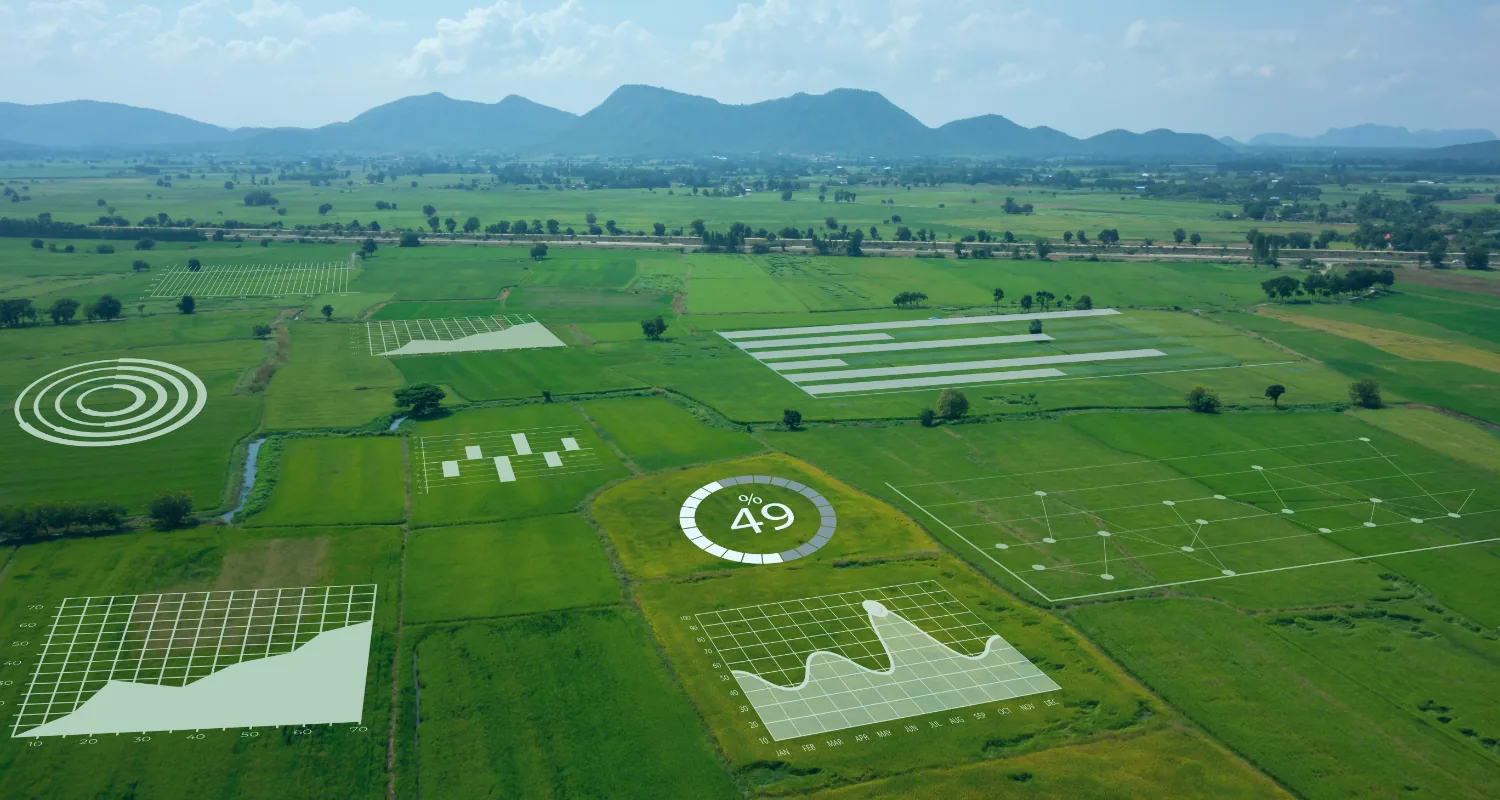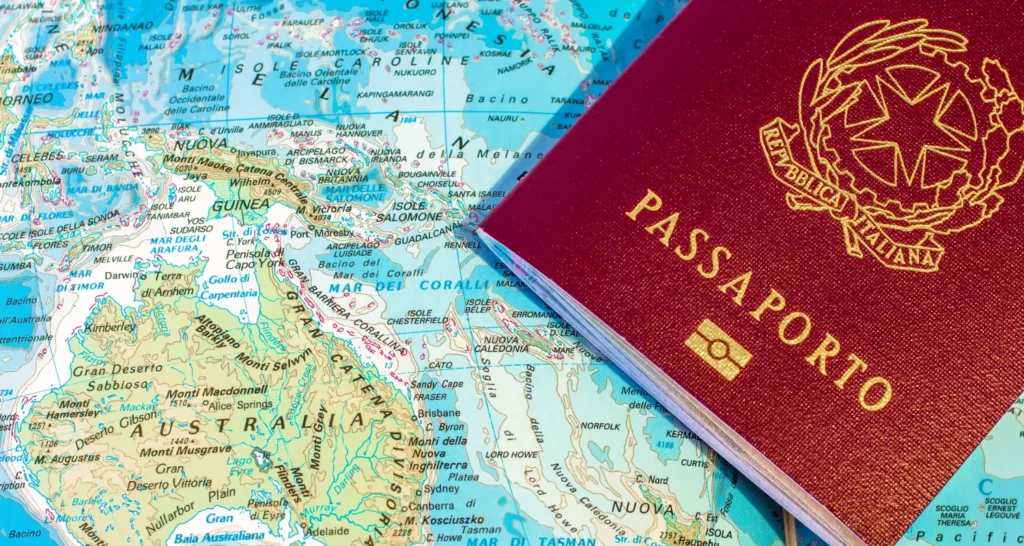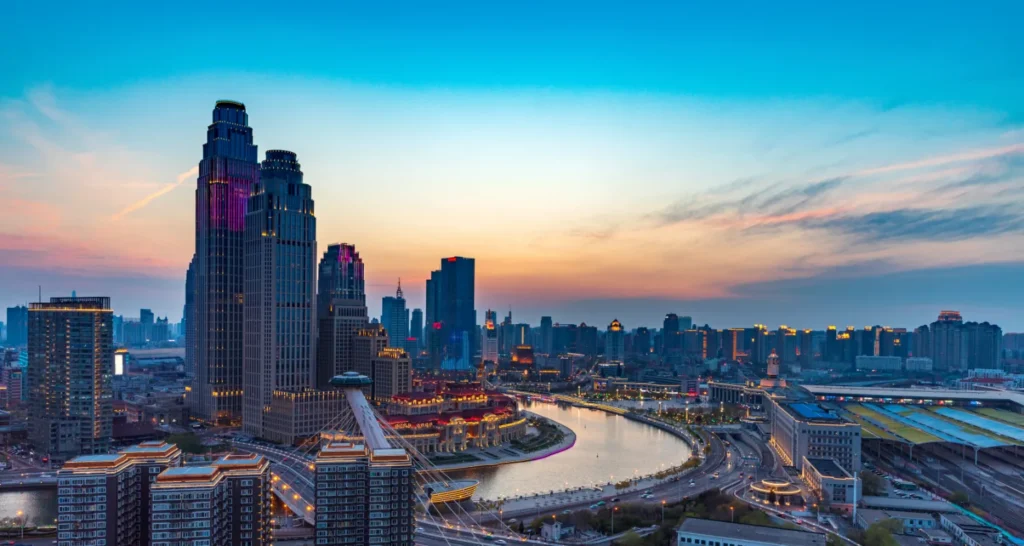End of Hunger is the second goal in the set of goals presented by the United Nations organization under a strategy called Sustainable Development Goals.
The number of undernourished people has dropped by almost half in the past two decades because of rapid economic growth and increased agricultural productivity. Many developing countries that used to suffer from famine and hunger can now meet their nutritional needs. Central and East Asia, Latin America, and the Caribbean have made huge progress in eradicating extreme hunger.

Unfortunately, extreme hunger and malnutrition remain huge barriers to development in many countries. There are 821 million people estimated to be chronically undernourished as of 2017, often a direct consequence of environmental degradation, drought, and biodiversity loss. Over 90 million children under five are dangerously underweight. Undernourishment and severe food insecurity appear to be increasing in almost all regions of Africa and South America.
The SDGs aim to end all forms of hunger and malnutrition by 2030, making sure all people–especially children–have sufficient and nutritious food all year. This involves promoting sustainable agriculture, supporting small-scale farmers, and equal access to land, technology, and markets. It also requires international cooperation to ensure investment in infrastructure and technology to improve agricultural productivity.
End of Hunger – Goal targets
By 2030, end all forms of malnutrition, including achieving, by 2025, the internationally agreed targets on stunting and wasting in children under five years of age, and address the nutritional needs of adolescent girls, pregnant and lactating women, and older persons.
By 2030, double the agricultural productivity and incomes of small-scale food producers, in particular women, indigenous peoples, family farmers, pastoralists, and fishers, including through secure and equal access to land, other productive resources and inputs, knowledge, financial services, markets, and opportunities for value addition and non-farm employment.
By 2030, ensure sustainable food production systems and implement resilient agricultural practices that increase productivity and production, that help maintain ecosystems, strengthen capacity for adaptation to climate change, extreme weather, drought, flooding, and other disasters, and progressively improve land soil quality.
By 2020, maintain the genetic diversity of seeds, cultivated plants, and farmed and domesticated animals and their related wild species, including through soundly managed and diversified seed and plant banks at the national, regional, and international levels, and promote access to and fair and equitable sharing of benefits arising from the utilization of genetic resources and associated traditional knowledge, as internationally agreed.
Increase investment, including through enhanced international cooperation, in rural infrastructure, agricultural research and extension services, technology development, and plant and livestock gene banks to enhance agricultural productive capacity in developing countries, in particular, least developed countries.
Correct and prevent trade restrictions and distortions in world agricultural markets, including through the parallel elimination of all forms of agricultural export subsidies and all export measures with equivalent effect, by the mandate of the Doha Development Round.
Adopt measures to ensure the proper functioning of food commodity markets and their derivatives and facilitate timely access to market information, including food reserves, to help limit extreme food price volatility.
SDG#1 ; SDG#2 ; SDG#3 ; SDG#4 ; SDG#5 ; SDG#6 ; SDG#7 ; SDG#8 ; SDG#9 ; SDG#10 ; SDG#11 ; SDG#12 ; SDG#13 ; SDG#14 ; SDG#15 ; SDG#16 ; SDG#17













